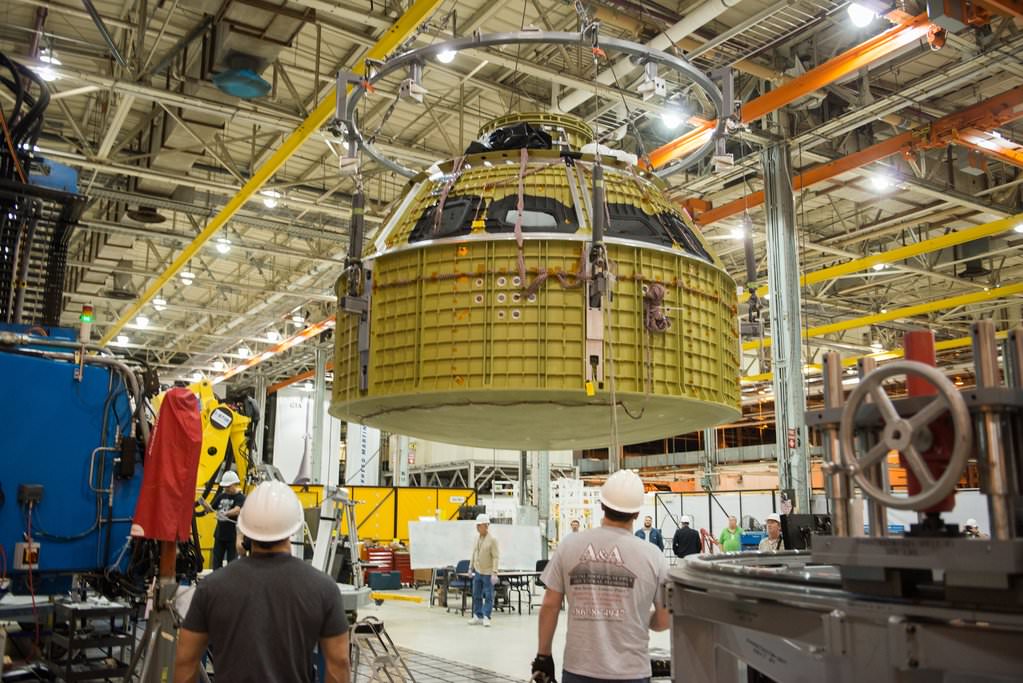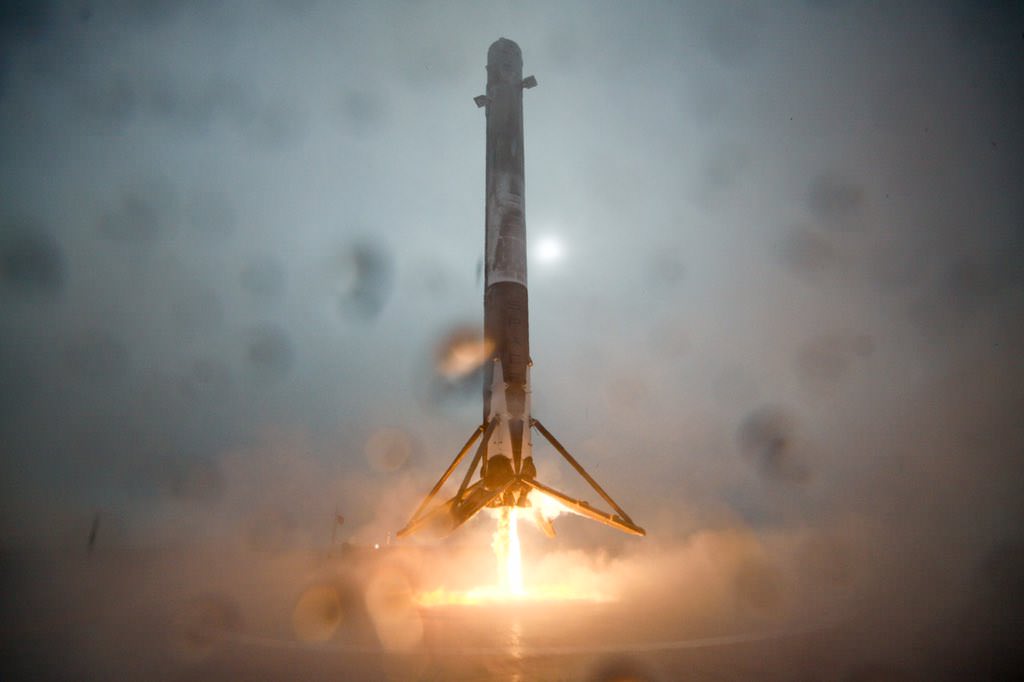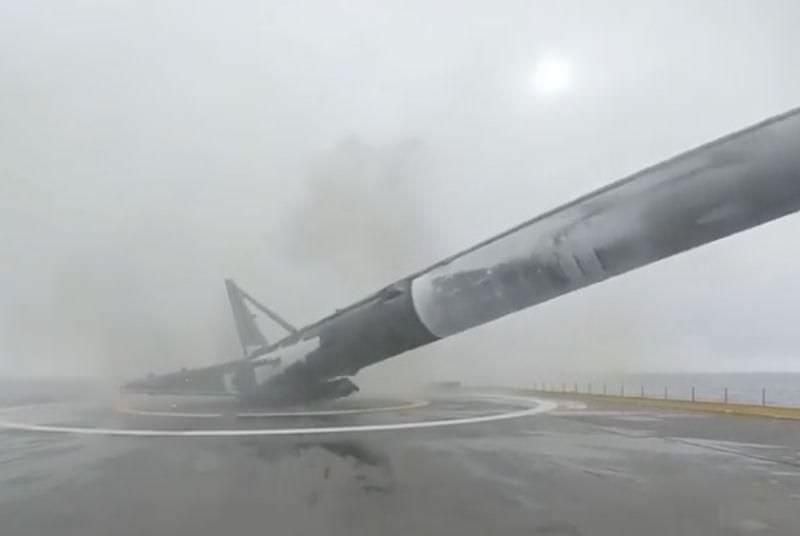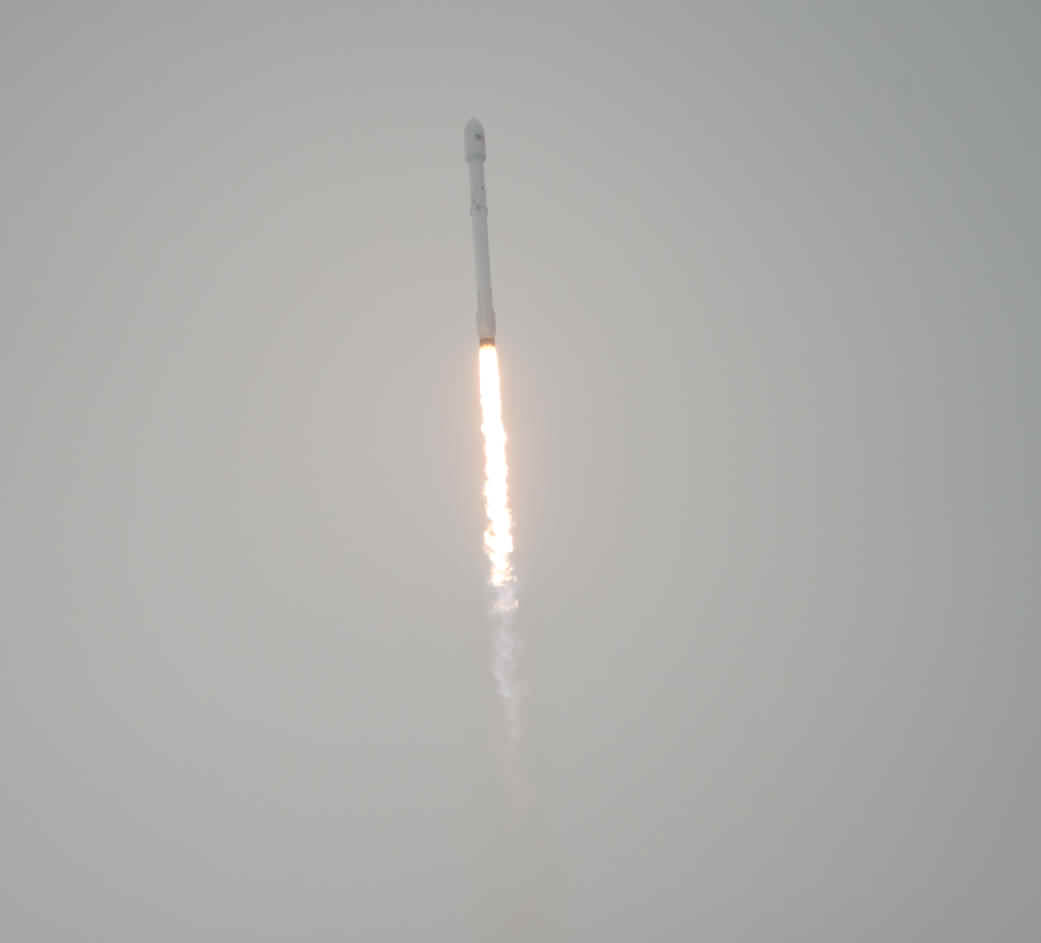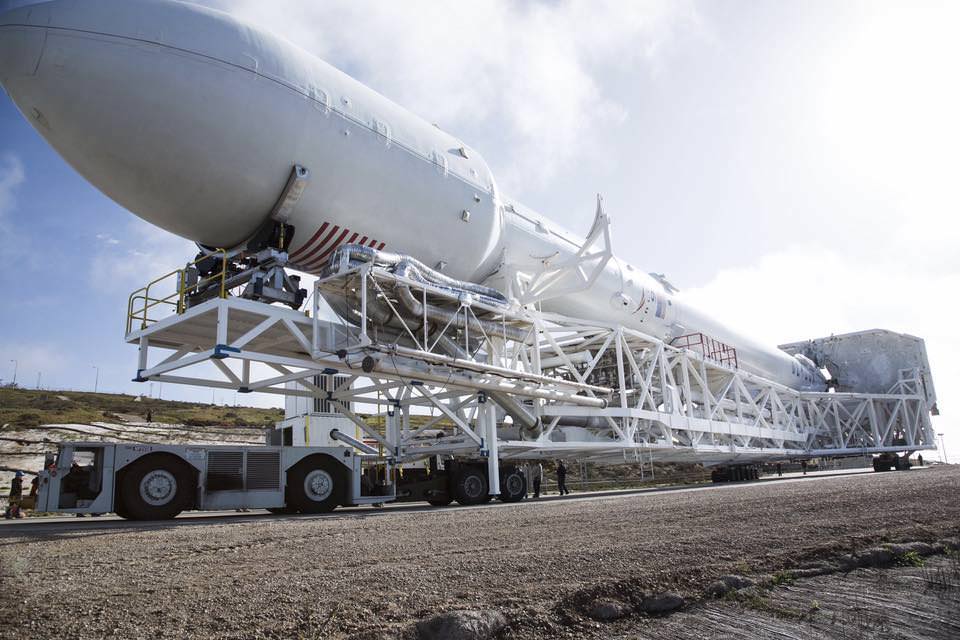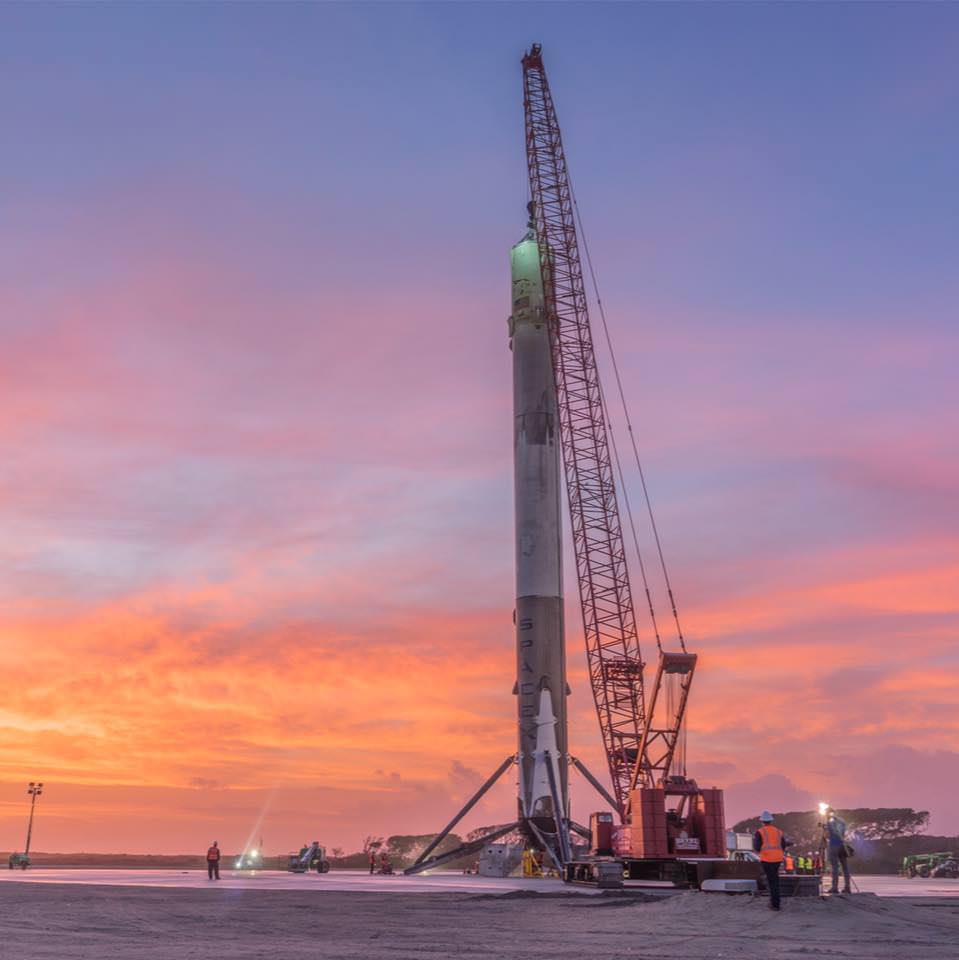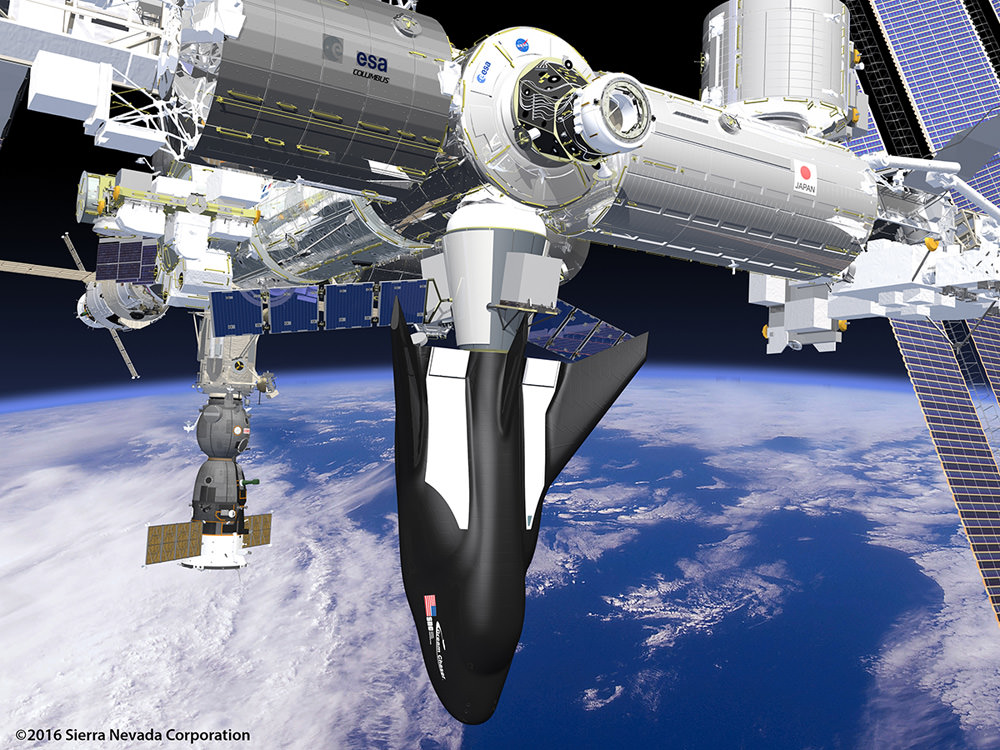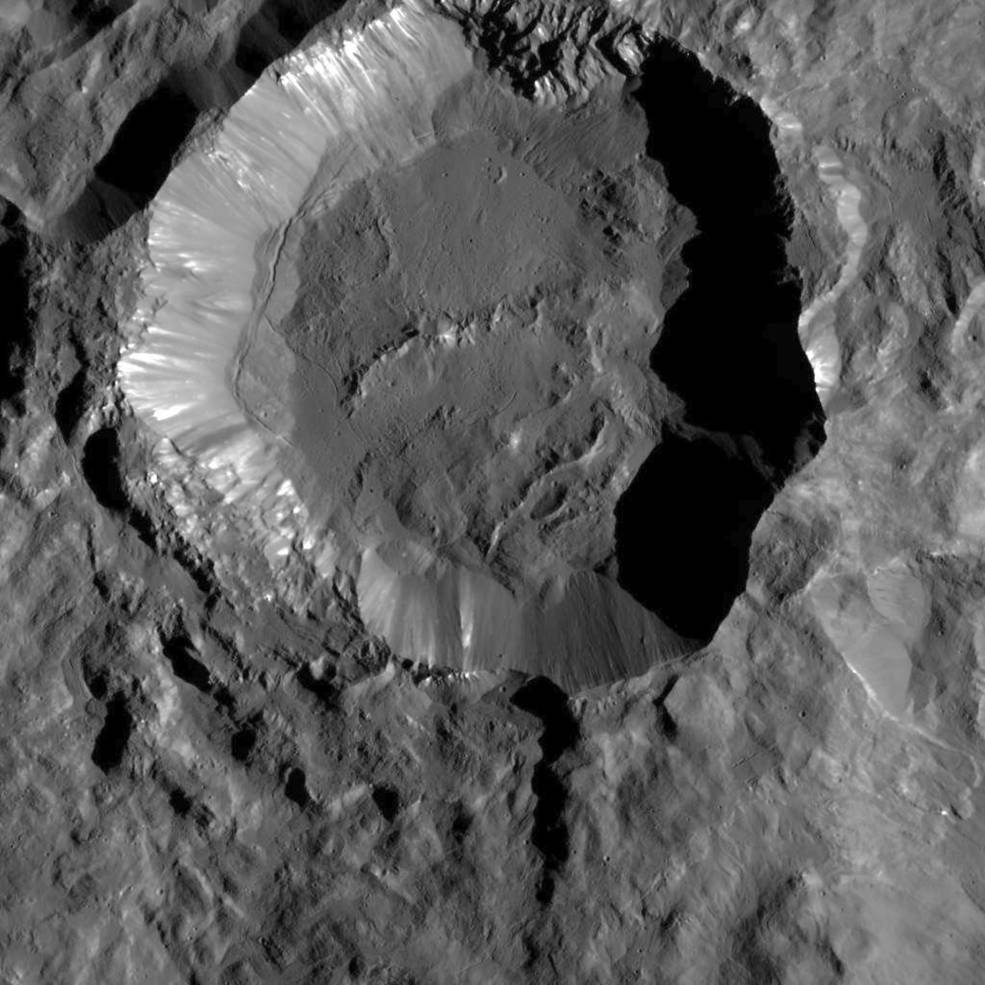Host: Fraser Cain (@fcain)
Special Guest: Dr. Stuart Robbins, Research Scientist at Southwest Research Institute (SwRI); Mars Impact Craters, Science Lead on Moon Mappers and Mercury Mappers.
Guests:
Morgan Rehnberg (cosmicchatter.org / @MorganRehnberg )
Kimberly Cartier (@AstroKimCartier )
Dave Dickinson (@astroguyz / www.astroguyz.com)
Jolene Creighton (@futurism / fromquarkstoquasars.com)
Pamela Gay (cosmoquest.org / @cosmoquestx / @starstryder)
Brian Koberlein (@briankoberlein / briankoberlein.com)
Continue reading “Weekly Space Hangout – Jan. 22, 2016: Dr. Stuart Robbins”


